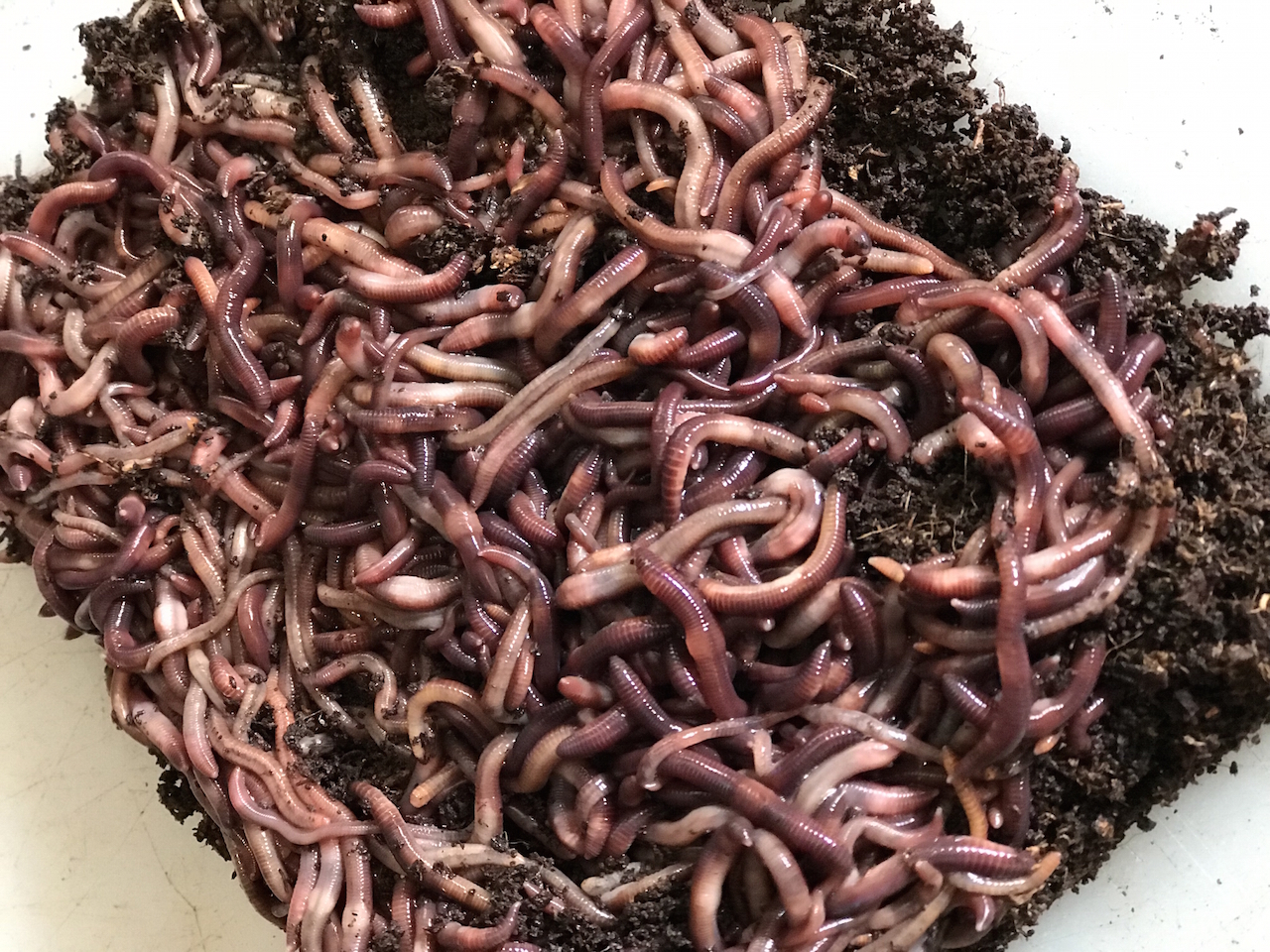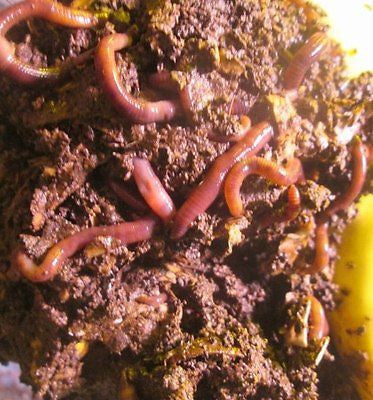Making Use Of Red Wigglers for Reliable Organic Waste Disposal
Using red wigglers for natural garbage disposal provides an engaging method to taking care of food scraps while promoting ecological sustainability. These worms not only enhance waste decay but likewise yield useful worm castings, which can significantly improve dirt wellness. Their capacity to refine big volumes of organic material with very little initiative placements them as an obtainable remedy for homes and areas alike. Comprehending the nuances of establishing up an effective worm bin and preserving an ideal habitat is vital for optimizing their advantages. The following action in this process may surprise you.
Advantages of Making Use Of Red Wigglers
Among one of the most compelling benefits of utilizing red wigglers for natural waste disposal is their remarkable effectiveness in composting. These worms, clinically known as Eisenia fetida, are especially adapted for damaging down natural products, allowing them to refine waste up to twice their body weight every day. This fast decay not only increases the composting procedure yet additionally creates nutrient-rich worm castings that substantially improve dirt high quality.
Additionally, red wigglers add to a reduction in land fill waste. By drawing away natural materials from garbage dumps, they aid decrease methane emissions-- a potent greenhouse gas. This environmental benefit is important in the fight against environment change.
In addition, red wigglers are low-maintenance and can flourish in different atmospheres, making them obtainable for both beginner and seasoned composters. Their ability to reproduce swiftly ensures a steady populace, helping with ongoing waste handling.
Establishing Your Worm Bin
Creating a reliable worm bin is crucial for optimizing the benefits of composting with red wigglers. Make sure the container has sufficient water drainage holes to stop excess dampness, as red wigglers grow in a wet yet not soaked atmosphere.
(red wigglers for composting)Following, prepare the bedding material, which functions as the worms' environment and food resource. Shredded newspaper, cardboard, and coconut coir are outstanding alternatives. Go for a bed linen deepness of around 4 to 6 inches. The container needs to be put in a dark, temperature-controlled area, preferably in between 55 ° F and 77 ° F, to keep worm activity.
Once the container is established, introduce the red wigglers, permitting them to adjust to their brand-new atmosphere. It's critical to keep an eye on moisture degrees and temperature level routinely. A well-maintained container will not only sustain the health and wellness of the worms yet additionally help with reliable decay of natural waste. By complying with these guidelines, you can produce a thriving environment that adds to lasting waste monitoring.
(red worms)
What to Feed Red Wigglers
An understanding of the proper diet regimen for red wigglers is important for maintaining a healthy worm populace and enhancing composting effectiveness. These items not only offer important nutrients but additionally contribute to the moisture equilibrium within the worm bin.
It is essential to avoid particular foods that can hurt the worm population. Red wigglers need to not be fed meat, milk products, oily foods, or refined products, as these can attract parasites and produce unpleasant smells. red wigglers. Furthermore, citrus fruits and zesty foods must be reduced, as their level of acidity can be detrimental to worms
Monitoring the worm bin for food intake rates will certainly aid guarantee that red wigglers are getting an adequate diet plan while keeping an effective composting atmosphere. Appropriate feeding techniques are important for cultivating a thriving environment within the worm container.
Keeping Your Worm Environment
A well-maintained worm habitat is important for the wellness and performance of red wigglers. To ensure optimal conditions, it is important to keep an eye on temperature level, dampness, and oygenation within the worm container. Red wigglers grow in a temperature level range of 55 to 77 degrees Fahrenheit. Exceeding this range can stress the worms, so it is essential to put the bin in an appropriate place away from direct sunlight and extreme temperatures.
Moisture levels ought to be kept consistent; the bed linens needs to perspire however not soggy. A great general rule is red wiggler worms near me to preserve moisture at approximately 70% to 80%. If the bed linens comes to be as well wet, it can lead to anaerobic problems that are unsafe to the worms. Including dry carbon-rich products, such as shredded paper or cardboard, can assist take in excess moisture.

Utilizing Worm Castings in Horticulture
Rich in nutrients and valuable microorganisms, worm castings function as an outstanding natural plant food for horticulture. Generated via the digestive processes of red wigglers, these castings contain a range of vital nutrients, including nitrogen, phosphorus, and potassium, which promote robust plant growth. Unlike synthetic plant foods, worm spreadings supply a slow-release device, making certain that nutrients are readily available to plants over an extensive duration, consequently minimizing the danger of nutrient leaching and soil depletion.
Along with vitamins and mineral material, worm castings boost soil structure and oygenation, improving wetness retention and drainage. The microbial life existing in worm castings assists to suppress virus and promotes a healthy and balanced soil ecosystem, additional profiting plant health and wellness. When incorporated right into the dirt or utilized as a leading clothing, worm spreadings can significantly increase seed germination rates, origin development, and total plant vigor.
For ideal outcomes, gardeners need to apply worm spreadings at a rate of 1-2 inches per square foot, mixing them right into the soil or including them into potting mixes. On the whole, using worm spreadings is an environmentally friendly strategy to enhancing dirt fertility and ensuring prospering yard environments.
Final Thought
